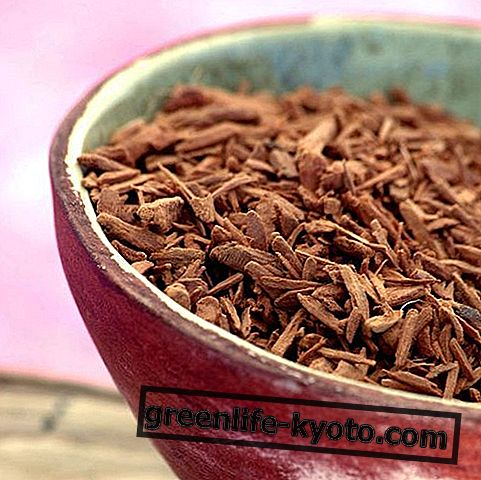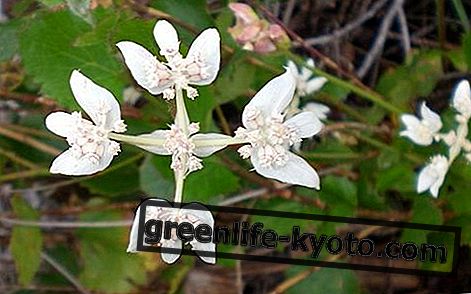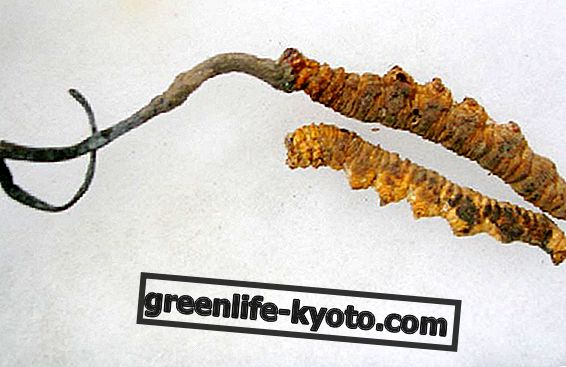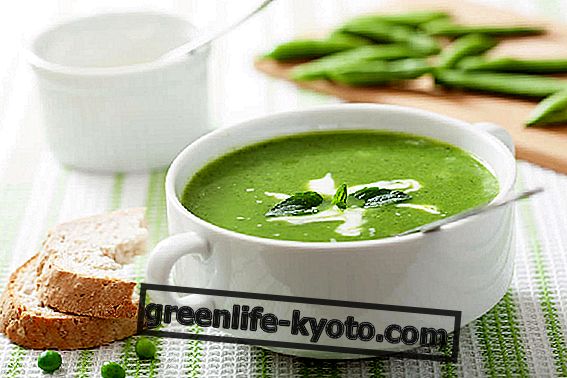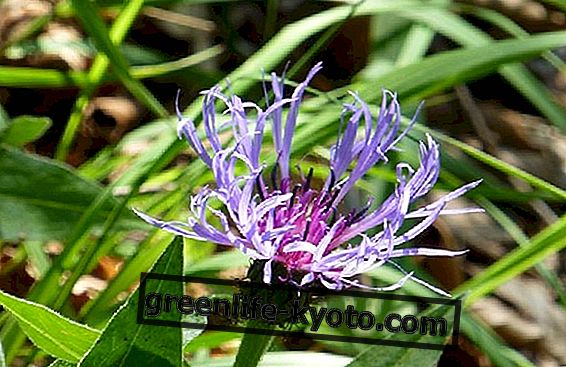The blackberries, both those of wild bramble ( Rubus ulmifolius), and those of cultivated bramble ( Rubus canadensis ), belong to the Rosaceae family . Actually, they are rich and delicious fruits and contain folic acid and vitamins. Let's find out better.
>

Description of the blackberries
Blackberries ripen at the height of summer, generally between early July and mid-September. They are a fruit that is not very present on our tables and rather undervalued.
Wild blackberries can be harvested in the woods and in the countryside, even along the edges of the road, but we must pay attention to the extremely sharp spines present on the brambles. The cultivated bramble varieties have no thorns.
The blackberries have a sweet-sour taste, but you have to eat them well ripe to be tasty.
Properties and benefits of blackberries
Like all berries, they contain anthocyanins and flavonoids, two antioxidant substances. Moreover, blackberries are diuretic, thirst quenching and purifying .
Thanks to their action they help to keep the arteries clean and are therefore valid allies of cardiovascular prevention. They are rather rich in fiber and therefore contribute to the good functioning of the intestine .
Blackberries contain folic acid and help regulate homocysteine levels, two very important substances especially during pregnancy. A lack of folic acid and a high amount of homocysteine in the first months of gestation can in fact cause even very serious damage to the fetus.
They are rich in vitamin C and contain a fair amount of vitamin A.
Calories and nutritional values of blackberries
100 g of blackberries contain 36 kcal / 149 kj.
Furthermore, for every 100 g of this product, we have:
- Water 85 g
- Carbohydrates 8.1 g
- Sugars 8.1 g
- Proteins 1.3 g
- Total fiber 3.2 g
- Sodium 2 mg
- Potassium 260 mg
- Iron 1.6 mg
- Calcium 36 mg
- Phosphorus 48 mg
- Vitamin B1 0.03 mg
- Vitamin B2 0.05 mg
- Vitamin B3 0.07 mg
- Vitamin A 2 µg
- Vitamin C 19 mg
More, allies of
Heart, arteries, intestines, throat.
Discover the properties of the herbal tea prepared with blackberries and berries

Curiosities about blackberries
It is difficult to find fresh blackberries on the market, especially in large-scale distribution, because they are easily perishable fruits. They are also quite expensive, also because the collection is done by hand.
Italy, from north to south, is full of woods and hilly paths where you can pick up good blackberries ; therefore, if possible, it is advisable to go for a picnic with a basket and take them directly from the brambles.
Alternatively, blackberries are more easily frozen, generally packaged together with other berries.
A recipe up your sleeve
Blackberries are traditionally used to make jams, to stuff cakes and ice creams, to prepare jellies, to enrich fruit salads.
And here is the recipe for blackberry jam.
Ingredients
- half a kilo of blackberries,
- the juice of a lemon,
- an Apple,
- 300 grams of sugar (the amount of sugar depends on how much you want the jam to be sweet, so it is possible to increase or reduce it according to taste).
Method
After washing the blackberries and putting them in a large saucepan, add the apple cut into small pieces, but not peeled, and the lemon juice. Cook the fruit for a few minutes, remove it from the heat and let it cool; only then add the sugar and put back on the heat, stirring constantly with a wooden spoon, until the desired consistency is obtained.
Pour the hot jam into jars, previously prepared and sterilized.
Close tightly with the appropriate lids and place the jars upside down on a flat surface so that they are vacuum packed. Keep them upside down for a few hours.
The blackberry jam can be kept for a year and is perfect for preparing pies or to eat spread on bread.





